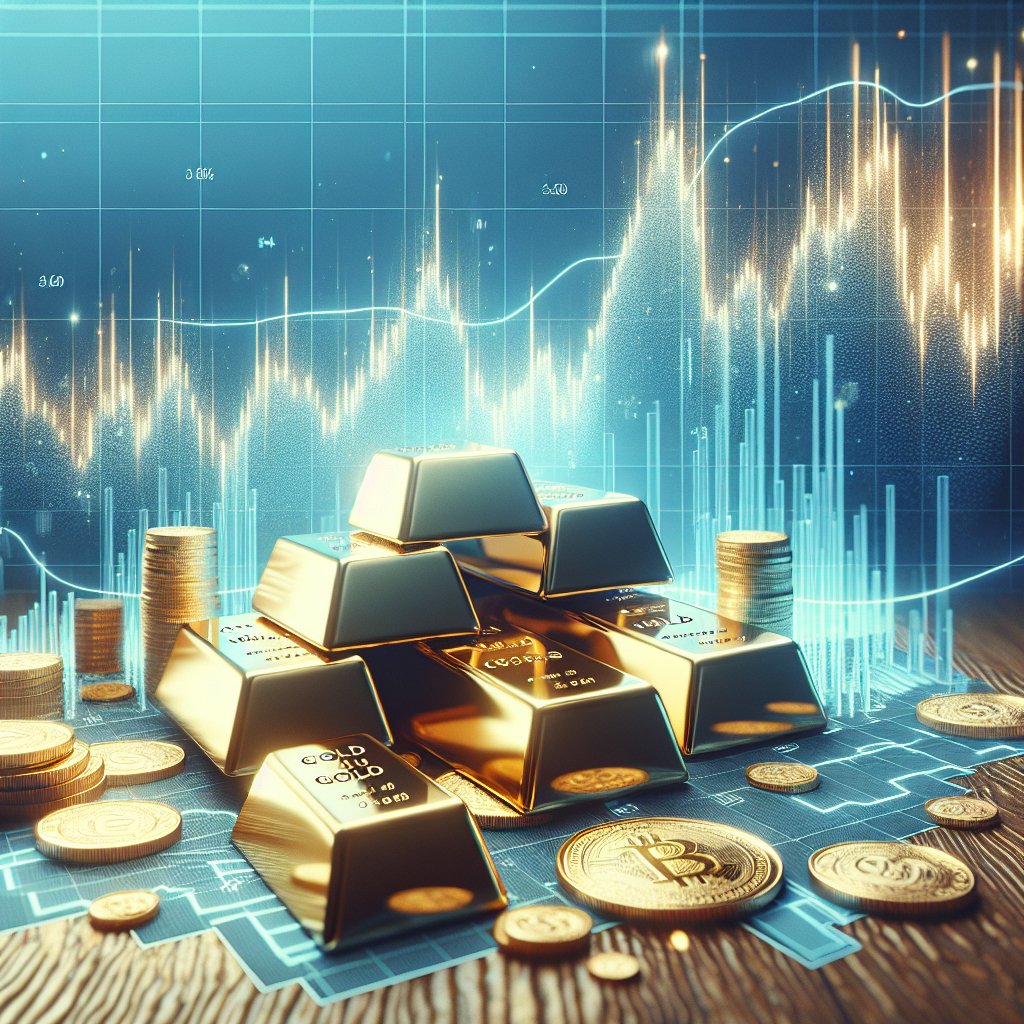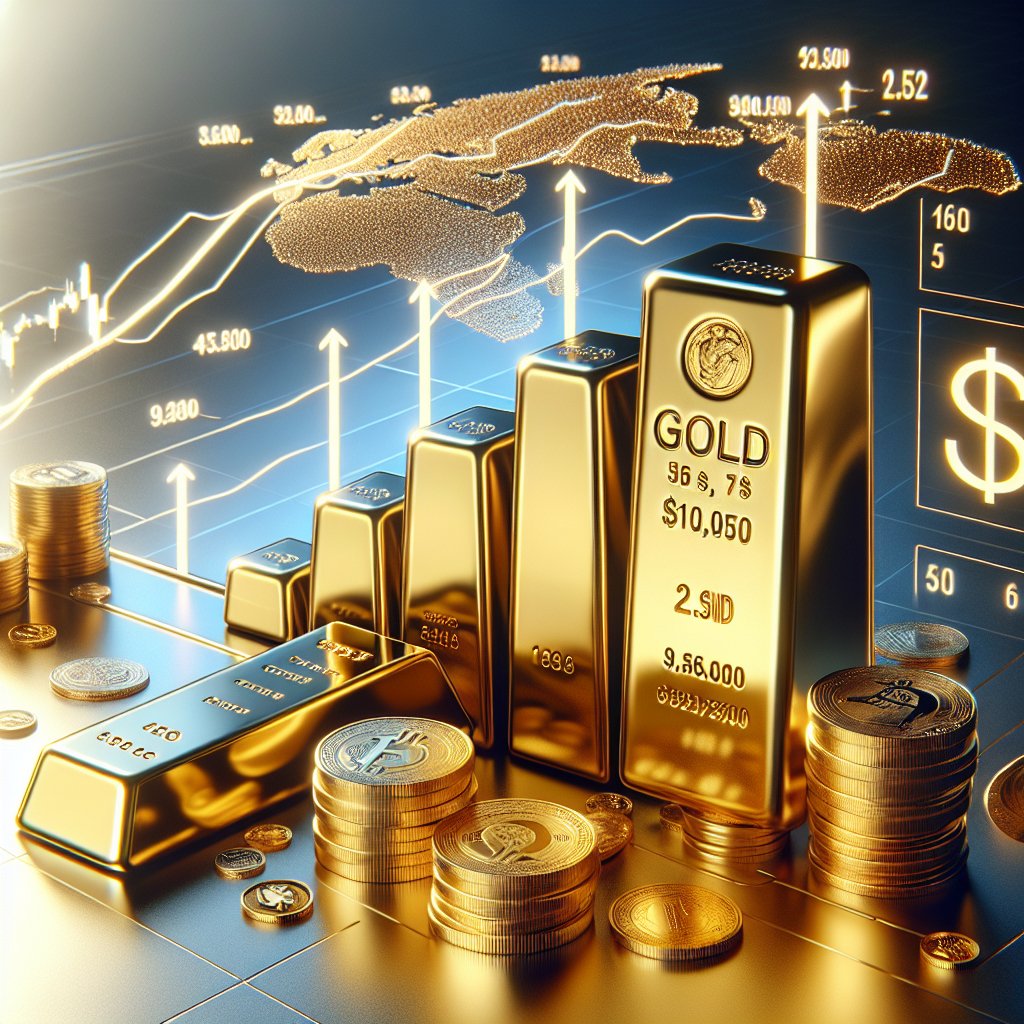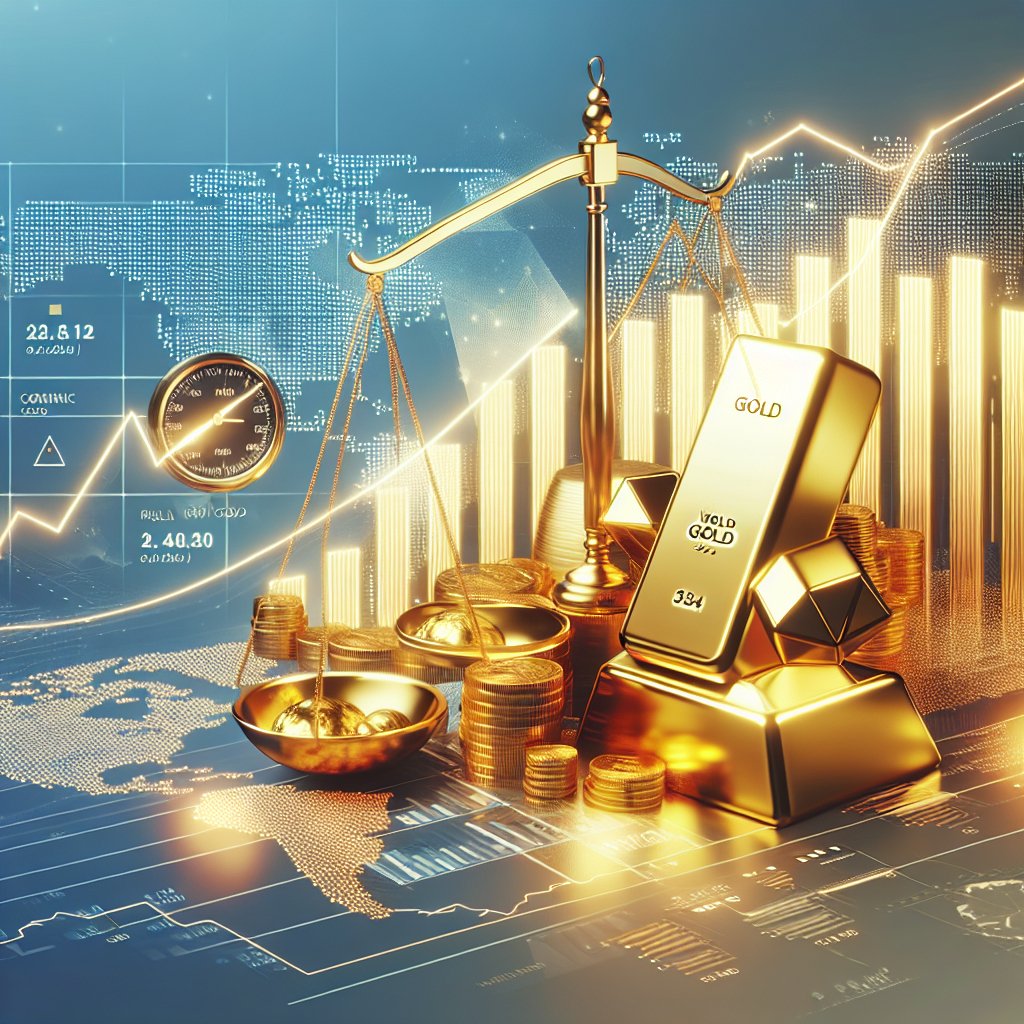Gold has been a symbol of wealth and a medium of exchange for centuries, and its allure continues to captivate investors and traders around the world. The global gold market is a complex and dynamic system, influenced by a myriad of factors ranging from geopolitical tensions to economic indicators. Understanding how gold is traded on global markets requires a deep dive into the mechanisms, players, and trends that shape this precious metal’s journey from mines to markets.
The Mechanics of Gold Trading
Gold trading is conducted through various platforms and mechanisms, each with its own set of rules and participants. The primary markets for gold trading include the futures market, the spot market, and the over-the-counter (OTC) market. Each of these markets plays a crucial role in determining the price of gold and providing liquidity to traders and investors.
The Futures Market
The futures market is one of the most popular venues for trading gold. In this market, contracts are bought and sold based on the future delivery of gold at a predetermined price. These contracts are standardized and traded on exchanges such as the COMEX, which is part of the Chicago Mercantile Exchange (CME) Group. Futures contracts allow traders to hedge against price fluctuations and speculate on future price movements.
One of the key features of the futures market is leverage, which allows traders to control large positions with a relatively small amount of capital. This can amplify both gains and losses, making futures trading a high-risk, high-reward endeavor. The futures market is also characterized by its high liquidity, with large volumes of contracts traded daily, providing ample opportunities for traders to enter and exit positions.
The Spot Market
The spot market, on the other hand, involves the immediate delivery of gold at the current market price. This market is less formalized than the futures market and is primarily conducted over-the-counter. The spot price of gold is determined by the supply and demand dynamics in the market and is influenced by factors such as central bank policies, inflation rates, and geopolitical events.
In the spot market, transactions are typically conducted between financial institutions, bullion banks, and other large entities. The London Bullion Market Association (LBMA) is a key player in the spot market, setting the benchmark price for gold through its twice-daily auction process known as the London Gold Fixing. This process involves a group of banks agreeing on a price that balances buy and sell orders, providing a reference point for gold prices worldwide.
The Over-the-Counter Market
The over-the-counter (OTC) market is a decentralized market where gold is traded directly between parties without the oversight of an exchange. This market is characterized by its flexibility, allowing participants to negotiate terms and conditions that suit their specific needs. The OTC market is particularly important for large transactions and for trading gold derivatives, such as options and swaps.
In the OTC market, gold is often traded in the form of unallocated accounts, where the buyer does not own specific bars of gold but rather a claim on a certain amount of gold held by the seller. This allows for greater liquidity and ease of transaction, but it also introduces counterparty risk, as the buyer relies on the seller’s ability to deliver the gold when required.
Key Players in the Gold Market
The global gold market is populated by a diverse array of participants, each with their own motivations and strategies. These players include central banks, institutional investors, hedge funds, retail investors, and mining companies. Understanding the roles and actions of these participants is crucial for anyone looking to navigate the gold market effectively.
Central Banks
Central banks are some of the largest holders of gold in the world, using it as a reserve asset to support their currencies and stabilize their economies. The actions of central banks, such as buying or selling gold, can have a significant impact on the global gold market. For example, when central banks increase their gold reserves, it can signal confidence in the metal’s value and drive up prices.
Central banks also engage in gold lending and leasing, where they lend their gold reserves to financial institutions in exchange for interest payments. This activity provides liquidity to the market and allows central banks to earn a return on their gold holdings. However, it also introduces additional complexity and risk, as the gold must be returned at the end of the lease period.
Institutional Investors and Hedge Funds
Institutional investors, such as pension funds, mutual funds, and insurance companies, play a significant role in the gold market. These investors often use gold as a hedge against inflation and currency fluctuations, as well as a means of diversifying their portfolios. Institutional investors typically invest in gold through exchange-traded funds (ETFs), which provide exposure to gold prices without the need to physically hold the metal.
Hedge funds, on the other hand, are more likely to engage in speculative trading, taking advantage of short-term price movements to generate profits. These funds often use leverage and derivatives to amplify their returns, making them a powerful force in the gold market. The actions of hedge funds can contribute to volatility in gold prices, as large positions are opened and closed in response to market conditions.
Retail Investors
Retail investors, or individual investors, also participate in the gold market, often seeking to protect their wealth from economic uncertainty. These investors may purchase physical gold in the form of coins and bars, or they may invest in gold-related financial products such as ETFs, mining stocks, and options.
Retail investors are typically more sensitive to price changes and market sentiment, and their actions can be influenced by factors such as media coverage, economic news, and geopolitical events. As a result, retail investor activity can contribute to short-term fluctuations in gold prices, particularly during periods of heightened uncertainty.
Mining Companies
Mining companies are the primary producers of gold, extracting the metal from the earth and bringing it to market. These companies play a crucial role in the supply side of the gold market, and their production levels can have a significant impact on prices. Factors such as mining costs, regulatory changes, and technological advancements can all influence the amount of gold produced and, consequently, its price.
Mining companies also engage in hedging activities to manage their exposure to gold price fluctuations. By using futures contracts and other derivatives, these companies can lock in prices for their future production, reducing the risk of adverse price movements. However, hedging can also limit potential gains if gold prices rise significantly.
Factors Influencing Gold Prices
The price of gold is influenced by a wide range of factors, both macroeconomic and geopolitical. Understanding these factors is essential for anyone looking to trade or invest in gold, as they can have a significant impact on market dynamics and price trends.
Economic Indicators
Economic indicators, such as inflation rates, interest rates, and currency exchange rates, play a crucial role in determining the price of gold. For example, when inflation is high, investors often turn to gold as a store of value, driving up demand and prices. Similarly, when interest rates are low, the opportunity cost of holding gold decreases, making it a more attractive investment.
Currency exchange rates also influence gold prices, as gold is typically priced in U.S. dollars. When the dollar weakens, gold becomes cheaper for investors holding other currencies, increasing demand and pushing up prices. Conversely, a strong dollar can make gold more expensive and reduce demand.
Geopolitical Events
Geopolitical events, such as conflicts, political instability, and trade tensions, can have a significant impact on gold prices. During times of uncertainty, investors often seek the safety of gold, driving up demand and prices. For example, during the global financial crisis of 2008, gold prices surged as investors sought refuge from the turmoil in financial markets.
Geopolitical events can also affect the supply side of the gold market, as mining operations may be disrupted by conflict or regulatory changes. This can lead to supply shortages and increased prices, particularly if the affected region is a major gold producer.
Market Sentiment
Market sentiment, or the overall mood of investors, can also influence gold prices. Positive sentiment, driven by factors such as economic growth and stability, can lead to increased risk-taking and reduced demand for safe-haven assets like gold. Conversely, negative sentiment, fueled by fears of recession or financial instability, can drive investors to seek the safety of gold, pushing up prices.
Market sentiment is often influenced by media coverage, economic data releases, and central bank announcements. As a result, gold prices can be volatile, with rapid price movements in response to changing sentiment and news events.
Conclusion
The global gold market is a complex and dynamic system, shaped by a multitude of factors and participants. Understanding how gold is traded on global markets requires a deep knowledge of the mechanisms, players, and trends that influence this precious metal’s price and demand. By staying informed and aware of the factors driving the gold market, traders and investors can make more informed decisions and navigate the challenges and opportunities presented by this timeless asset.












